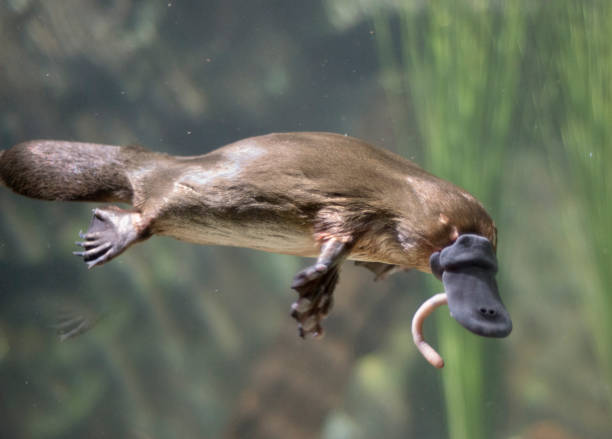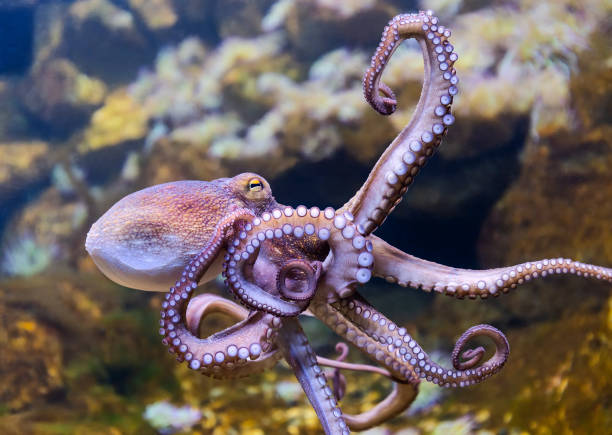The Fascinating World of Platypuses: An Insight into their Lives
Platypuses have always intrigued humans with their unique characteristics and peculiar behaviors. These semi-aquatic creatures, native to Australia, are among the few egg-laying mammals and have a unique blend of traits usually seen in birds, reptiles, and mammals. The article provides a comprehensive review of these amazing creatures, their lifestyle, and their conservation status.

The platypus, belonging to the monotreme family, is one of the most evolutionarily distinct creatures on the planet. It was first discovered by European explorers in the late 18th century who were baffled by its duck-bill, beaver-like tail, and webbed feet. Scientists are still uncovering secrets about these intriguing animals, and recent advances in genomics have revealed a wealth of information about their evolutionary history.
The platypus population is facing a decline due to a myriad of factors, including habitat loss, pollution, and climate change. In 2020, the International Union for Conservation of Nature (IUCN) updated the platypus’s status from “near threatened” to “vulnerable,” indicating a heightened risk of extinction. This has prompted increased conservation efforts to protect and sustain the species.
Despite their intriguing attributes and adorable appearance, it is essential to note that platypuses are not suitable for pet ownership. They are protected wildlife, and it is illegal to keep them as pets in Australia and elsewhere. The misconception that platypuses can be kept as pets with permits is misleading and potentially harmful. This misinformation jeopardizes conservation efforts and can lead to detrimental impacts on the species.
Platypuses have specific needs that are challenging to meet in a domestic setting. They require a large, clean body of water to thrive and are known to cover considerable distances while foraging for food. Moreover, males are equipped with venomous spurs on their hind legs, which can cause severe pain to humans.
Despite their declining numbers, there is hope for the platypus population. Conservation organizations are working tirelessly to preserve their habitats and ensure their survival. This includes monitoring populations, studying their behaviors, and implementing strategies to reduce the impact of threats.
In conclusion, while platypuses are undoubtedly fascinating creatures, they must be admired from a distance and not taken into homes as pets. It is our collective responsibility to respect their natural habitats and contribute to their conservation. By doing so, we can ensure that future generations also have the opportunity to appreciate these unique and wonderful creatures.





